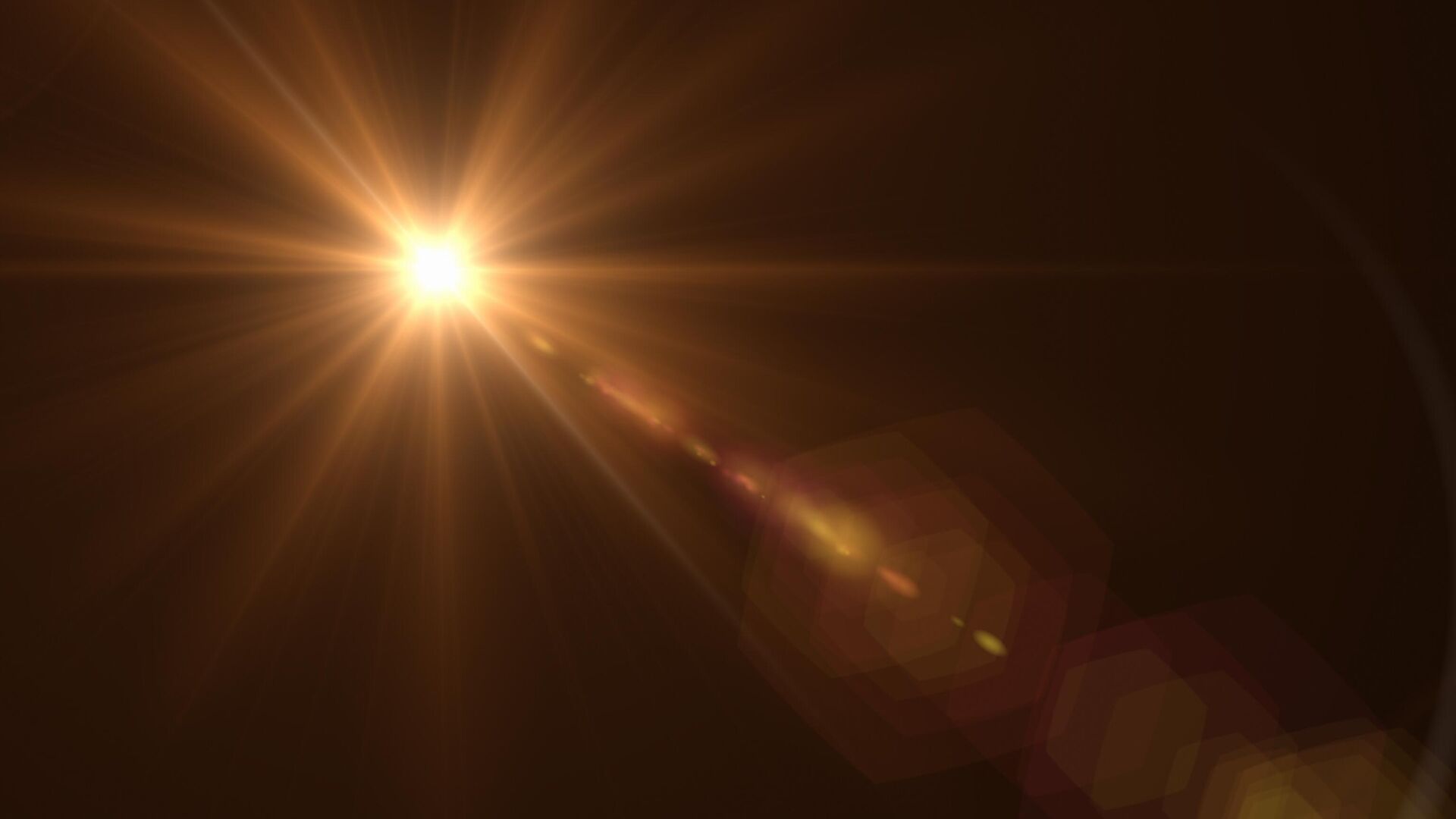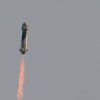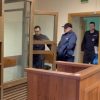
MOSCOW, March 26A new method for producing a curved light beam was invented by physicists from Tomsk Polytechnic University (TPU) together with colleagues from China. The authors of the development believe that the properties of a curved beam of light make it promising for use in nanotechnology, biophysical research, navigation systems and astronomy. The results were published in the journal Optics Express.
As explained at TPU, a magnetic field is created by electric current or permanent magnetic moments of some bodies. In particular, around the Earth it is formed to the greatest extent by the liquid layer of the planetary core, consisting of magnetically active iron.
Last year, a Russian-Chinese team of researchers developed a method for generating giant super-strong magnetic fields corresponding to power fields of black holes and neutron stars, which are hundreds of thousands of times higher than on Earth. Experts were able to show that the generation of superstrong fields can accompany the resonant scattering of light on spheres made of a material that does not conduct electric current.
“
“Black holes rotate at enormous speeds, only slightly less than the speed of light. The question immediately arises: what will happen to the generation of super-strong magnetic fields when the sphere rotates? Rotation is an additional "free" parameter, by varying which it is possible to change the conditions for the generation of super-strong fields,” said Igor Minin, project leader, professor of the Department of Electronic Engineering at the School of Non-Destructive Testing and Safety of TPU.
Scientists from Tomsk Polytechnic University and Xidian University (China) conducted a study showing that as the spheres rotate, light rays begin to bend, and hot spots at their poles, in which giant magnetic fields arise, are stretched from spherical into a spiral. Which, according to the authors, allows us to determine the maximum rotation speed at which the generation of super-strong fields is possible.
“We have proven that rotation of a dielectric sphere leads to the formation of “curved” light beams both in the shadow part of this sphere and inside its surface, that is, the beam does not propagate in a straight line, but along a “curve,” Minin explained.
He emphasized that this phenomenon is an optical analogue of the Magnus effect — a phenomenon in hydrodynamics in which a rotating body begins to move perpendicular to the direction of the flow of liquid or gas flowing around it.
Scientists believe that the potential applications of curved rays are enormous. They could be used to create improved optical tweezers with a “photonic hook” that would allow manipulation of individual cells, molecules and nanoparticles; controlled resonators and gyroscopes — devices in navigation systems, mobile devices, game consoles and quadcopters, as well as for laboratory modeling of strong magnetic fields, thanks to which it will be possible to look deeper into the physics of galaxy formation.
The project manager noted that the research results can also be applied to the observation of cosmic bodies. Since black holes and neutron stars also have a strong magnetic field and rotate, various distortions of the “linear” radiation familiar to humans can be observed near them. According to the specialist, previously astronomers may not have taken this phenomenon into account when studying celestial objects.
The research was carried out within the framework of the Priority 2030 program of the national project “Science and Universities”, of which Tomsk Polytechnic University is a participant.





















































Свежие комментарии